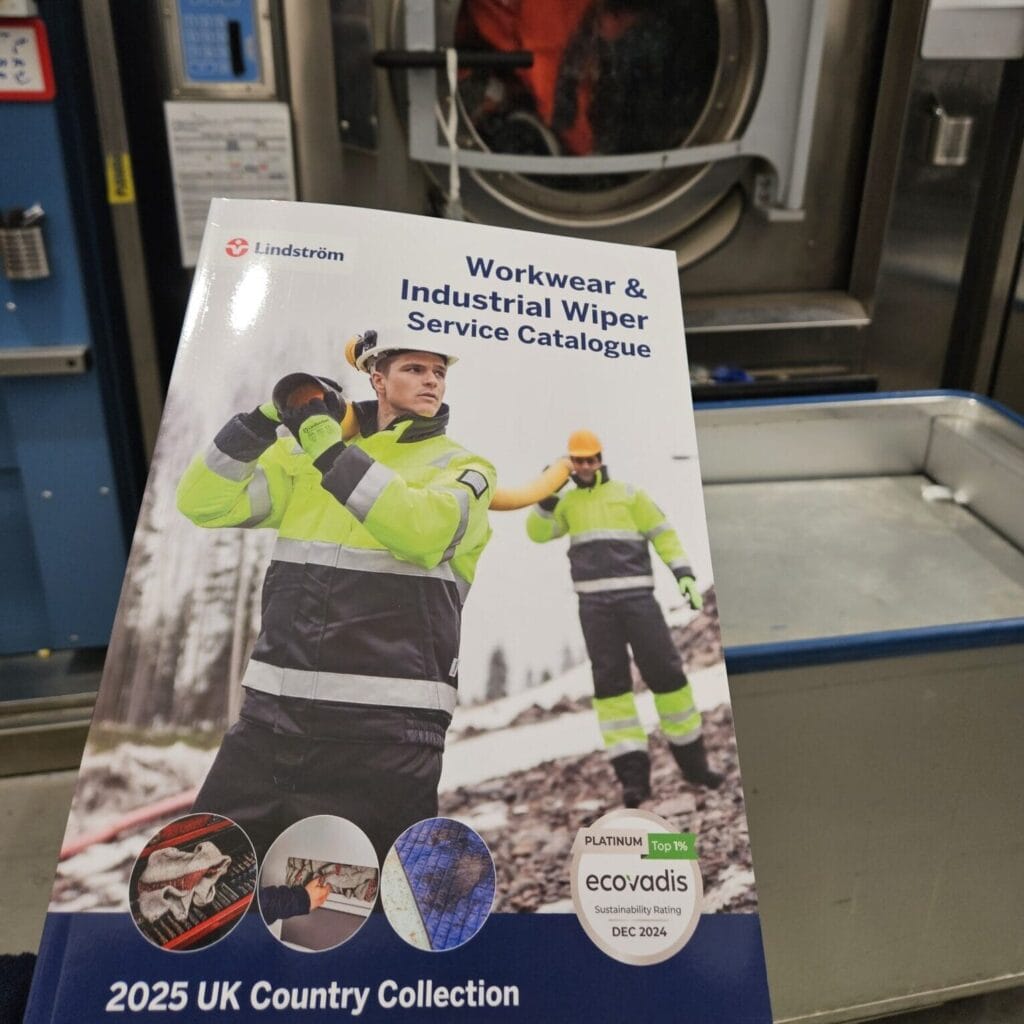
React To Demand With Sustainable Rental Workwear Following Changes To HGV Licences And Tests
Due to the coronavirus pandemic and Brexit, many companies are having to react quickly to fluctuations within their industry. As demand has increased for some through online buying behaviour, it has decreased for others with the impact of rule changes and visas. With such fluctuations, businesses are having to think on their feet and increase and decrease their staffing levels, sometimes by the drop of a hat.
Statements across the media have reported the fall in heavy goods vehicle (HGV) drivers. This has had an ongoing impact across the UK. With queues for fuel, food shortages within restaurants and supermarkets and low stock within shops.
As reported by the Office for National Statistics (ONS), there were 39,000 fewer people employed as HGV drivers between July 2020 and June 2021. Furthermore, they stated that Brexit had a major impact on the moving of items in and out of the UK. Between January and March, imports and exports fell by 24.2% in comparison to 2019. Brexit plus the new coronavirus pandemic restrictions and lockdowns many industries have suffered. Between May and June 2021, 42.5% of businesses reported covid as the main cause of change in comparison to Brexit 13.9%. Road Haulage Association (RHA) conducted a survey that found there is a shortage of more than 100,000 qualified drivers within the UK.
To reduce these pressures caused by the pandemic and Brexit the UK Government have made changes to driving licences and tests. This covers heavy goods vehicles (HGV), large goods vehicles (LGV), buses, minibuses, and coaches. These changes will not only increase the number of qualified drivers but also free up roughly 30,000 more driving tests slots across these vehicles. Therefore, resulting in individuals being able to gain their licence and enter their chosen industry quicker.
Changes To Licences
Form the 15th of November the government made changes to how heavy goods vehicle (HGV) and bus drivers licences work. The changes affect what you are able to learn and test in but also how the test works. Some changes are only applicable to individuals who have a provisional lorry licence that was issued after the 15th of November 2021. However, if you had a provisional licence before this date, you are able to take extra steps to upgrade your provisional licence.
Lorries
You are now able to drive and take your test in a large articulated lorry (category CE) vehicle. Regardless of if you have passed a test in a category C beforehand or not. Although, this is still optional, and you are still able to use a category C lorry if you wish.
Once passed you have the option of driving:
- a medium-sized lorry (C1)
- a medium-sized lorry towing a trailer (C1E)
- a large rigid lorry (C)
- a large articulated lorry (CE)
Medium-sized lorries
The changes also apply to medium-sized lorries towing a trailer (category C1E). Meaning, you are able to learn and drive in either a category C1 or category C1E vehicle. Once passed you have the option of driving either vehicle.
Buses, Minibuses, and Coaches
Furthermore, you can learn and test in a bus or coach towing a trailer (category DE) or category D if you prefer. This also applies to minibuses towing a trailer (category D1E).
Once you have your licence you can drive:
- a minibus (D1)
- a minibus towing a trailer (D1E)
- a bus or coach (D)
- a bus or coach towing a trailer (DE)
How Has The Test Changed?
To ensure a quicker process through to your chosen industry, driving tests have also been changed. As well as being made shorter the ‘reversing exercise’ and ‘uncoupling and recoupling’ element of the test will now be tested separately by a third party.
Sustainable Workwear With Lindström
Lindström are one of Europe’s leading textile service companies, with more than 170 years of experience in the textile industry. Operating in 24 countries with over 4550 employees. Our entire business model is built on circular economy in its purest form. It is an alternative to disposing of items, or owning textiles, and washing them at home. With the idea of extending their life cycle and using them for as long as possible. We design for specific purposes and maximal lifetime, make clothes that are easy to repair and maintain and produce new pieces only when needed. Our business model keeps clothing in circulation in good condition for as long as possible and after they are worn out, we recycle them into new products.
Why Hire Workwear From Lindström?
To keep up with ongoing fluctuations of demand, Lindström provides a cost-effective rental service. Removing the need to outlay expenditure on new workwear we offer rental workwear solutions to support your business. Tackling the issue of uncertainty, businesses are able to protect their workers’ health and safety without fear of any changing situations, across all sectors. This is a highly adaptable, cost-effective solution that can instantly respond to business changes, both shrinking and expanding. Ensuring your staff are always dressed appropriately for the task at hand.
Put stock management into our experts’ hands while reducing business admin. Our costs cover supply, collection, and laundry, to avoid that large initial investment in workwear. Our high-quality sustainable clothing is made to last and is freshly laundered for every shift. We manage repairs, maintenance, and replacement, giving you more time to focus on running your business.
Across all industries, we have your workwear covered, such as mechanic, builder, hospitality, garage, or corporate workwear we can help you. Including specialised clothing for instance antistatic, fire and flame retardant, hi vis and waterproof workwear. Contact us today to discuss your workplace needs and requirements we will be happy to help and advice.



